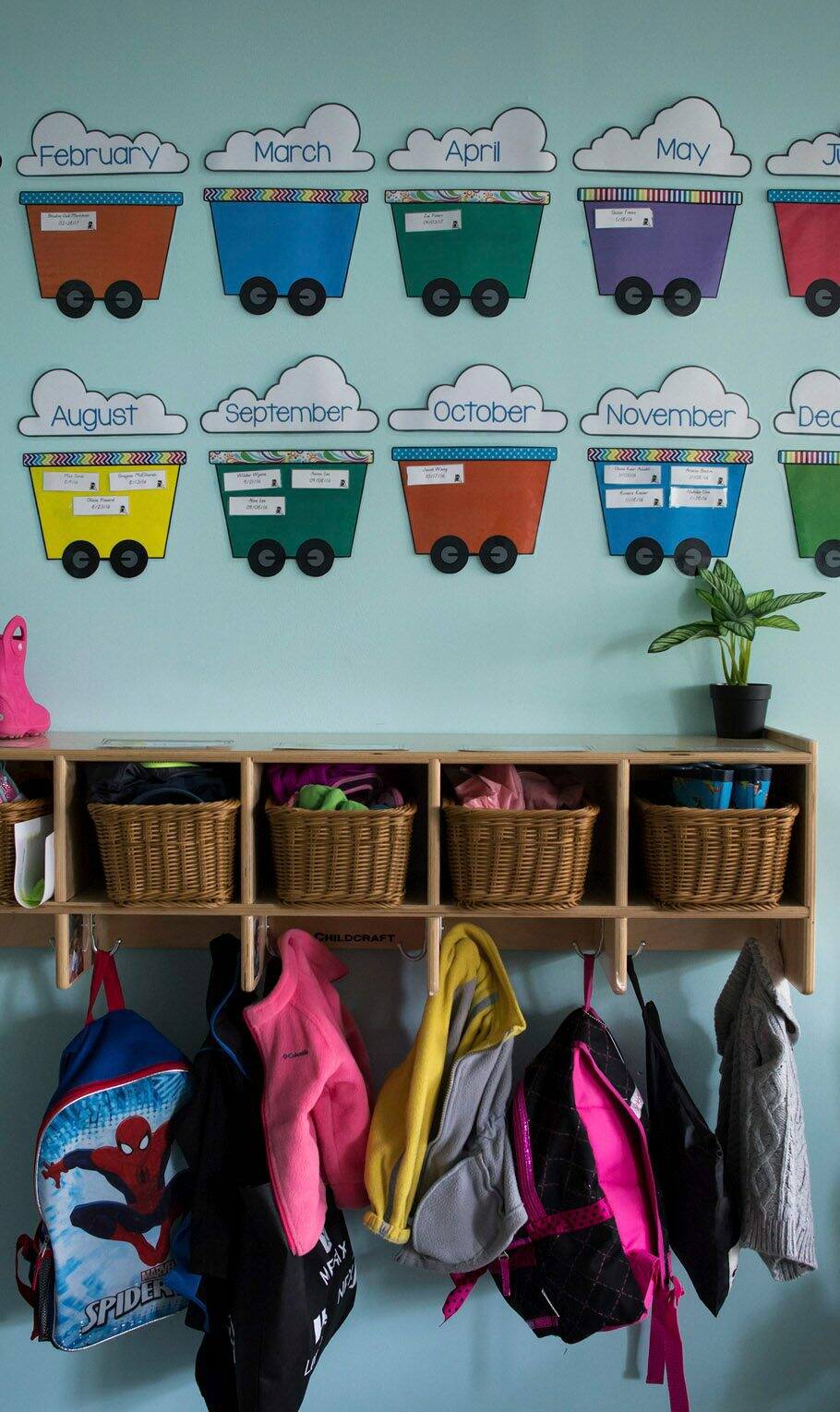Make child-care funds easier to access
Read this article for free:
or
Already have an account? Log in here »
To continue reading, please subscribe:
Monthly Digital Subscription
$0 for the first 4 weeks*
- Enjoy unlimited reading on winnipegfreepress.com
- Read the E-Edition, our digital replica newspaper
- Access News Break, our award-winning app
- Play interactive puzzles
*No charge for 4 weeks then price increases to the regular rate of $19.00 plus GST every four weeks. Offer available to new and qualified returning subscribers only. Cancel any time.
Monthly Digital Subscription
$4.75/week*
- Enjoy unlimited reading on winnipegfreepress.com
- Read the E-Edition, our digital replica newspaper
- Access News Break, our award-winning app
- Play interactive puzzles
*Billed as $19 plus GST every four weeks. Cancel any time.
To continue reading, please subscribe:
Add Free Press access to your Brandon Sun subscription for only an additional
$1 for the first 4 weeks*
*Your next subscription payment will increase by $1.00 and you will be charged $16.99 plus GST for four weeks. After four weeks, your payment will increase to $23.99 plus GST every four weeks.
Read unlimited articles for free today:
or
Already have an account? Log in here »
Hey there, time traveller!
This article was published 16/05/2022 (1302 days ago), so information in it may no longer be current.
Child care for $10 a day? To Manitoba parents, the promise governments made in August sounded like a reason for celebration. In the ensuing seven months, however, the optimism has been dampened by a level of red tape that has frustrated some parents and the operators of child-care facilities.
Good intentions abounded when Manitoba signed on to a bilateral childcare funding agreement with the federal government to help lower the cost of child care, with a goal of $10-a-day care by 2023. Manitoba Minister of Families Rochelle Squires said at the time: “This is a good news deal for kids and it’s good news for early learning childcare educators and providers.”
It was understandable that the initial announcement didn’t include information about how the fees would be reduced. Details were still to be worked out. Provinces hadn’t yet decided which method they would choose to implement the national program of $30 billion in new child-care spending over five years.
As different provinces introduce different methods of distributing the funding, however, it seems Manitoba has chosen a system that leaves a burden of bureaucracy on child-care facility operators.
A relatively simple and transparent model — one which Manitoba could have chosen, but didn’t — is called set-fee reduction. Five provinces have chosen this approach, in which the fees are directly reduced so parents are charged less.
Instead, Manitoba is leaving child-care fees as they are and is increasing the fee subsidies given to some parents, based on income. Households with a net income below $37,116 qualify for a full subsidy, while those below $82,877 qualify for a partial subsidy. A government spokesperson has said the subsidy-threshold method, with its disproportionate benefit to lower-and-middle-income families, is a first step towards reaching the average $10-per-day parent fees.
The goal of steering the funds towards families that need it most is understandable, even commendable, but child-care operators say the subsidy system has meant a frustrating amount of inefficiency and poor administration. They say inadequate government communication has meant many eligible parents are unaware the subsidies exist.
Operators feel the onus has been put on the facilities to inform parents and help them through the cumbersome process of applying for possible subsidies. “They’re dumping it on us,” said one.

Even when parents know about the possible subsidies, the hoops through which they must jump to apply are prohibitive for many. Lori Isber, chairwoman of the Fort Rouge Child Care board, applied online for the subsidy. Even though she works in web design and is technologically savvy, it took her hours and more than one try to complete the “pretty bad” process. She noted many people with English as a secondary language, or with minimal computer skills, will give up before their application is complete.
The province has said it is currently considering improvements to the way in which child-care subsidies are processed. If it is intent on continuing with its subsidy-threshold method, there must be prominent messaging to inform parents the subsidies are available, and an application process that is easy even for parents with minimal computer skills. Keep it simple, keep it transparent.
The overall goal of $10-a-day care by 2023 is admirable and achievable. For Manitoba, it’s a matter of developing a system that’s not encumbered by red tape.






